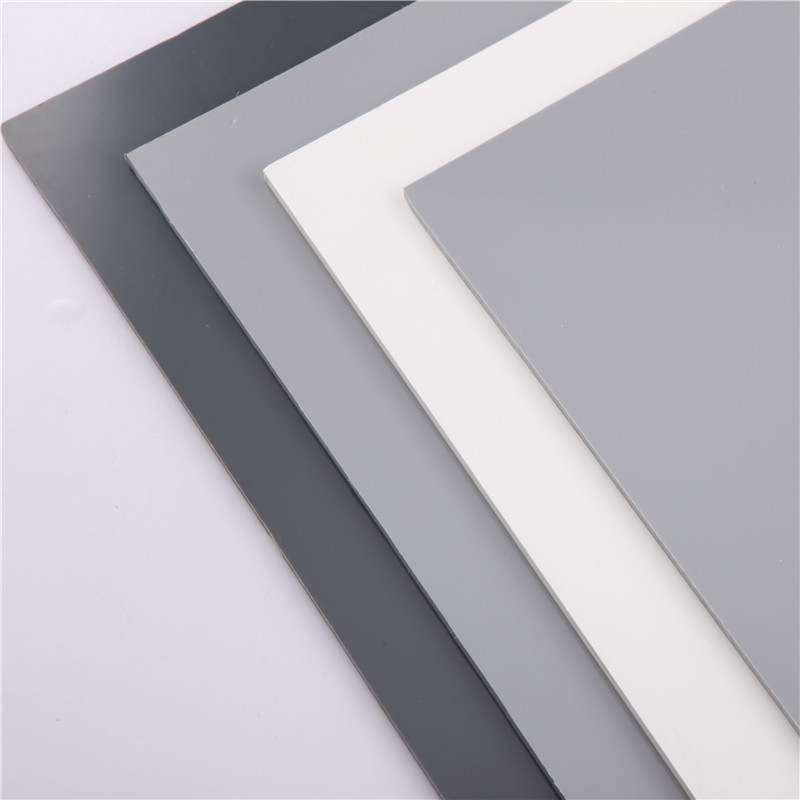Aug . 20, 2024 12:29 Back to list
Durable Plastic Water Pipe Connectors for Efficient Plumbing Solutions
The Importance of Plastic Water Pipe Fittings in Modern Plumbing
Plastic water pipe fittings have become an essential component in modern plumbing systems, revolutionizing the way we approach water distribution in residential and commercial buildings. With their lightweight nature, resistance to corrosion, and cost-effectiveness, these fittings offer numerous advantages over traditional metal alternatives.
Advantages of Plastic Water Pipe Fittings
One of the most significant benefits of plastic fittings, such as PVC (Polyvinyl Chloride) and CPVC (Chlorinated Polyvinyl Chloride), is their resistance to corrosion and chemical damage. Unlike metal fittings that can rust and degrade over time when exposed to water and certain chemicals, plastic fittings maintain their integrity, ensuring a longer lifespan for plumbing systems. This durability not only reduces the need for frequent replacements but also minimizes maintenance costs for homeowners and businesses.
Another key advantage of using plastic fittings is their lightweight property, which simplifies the installation process. Compared to heavier metal fittings, plastic reduces labor costs and makes transport and handling easier for plumbers and contractors. This ease of installation also allows for more flexible design options in plumbing layouts, making it easier to navigate through tight spaces and adjust systems as needed.
Environmental Considerations
In addition to their practical benefits, plastic water pipe fittings are increasingly embraced for their environmental advantages. Many plastic pipes and fittings are made from recycled materials, and the production processes can be more energy-efficient compared to metals. Furthermore, plastic pipes have excellent insulation properties, which can help reduce energy costs by minimizing heat loss in hot water systems. This not only benefits consumers financially but also contributes to a more sustainable approach to water management.
plastic water pipe fittings

Applications of Plastic Fittings
Plastic water pipe fittings are versatile and can be used in various applications, including residential plumbing, irrigation systems, and industrial processes. In residential settings, they are commonly used for water supply lines, drainage systems, and even in swimming pools. Their ability to withstand high pressures and temperatures makes them suitable for both hot and cold water applications.
In agricultural settings, plastic fittings are instrumental in efficient irrigation systems. The lightweight design allows for easy installation and maintenance of sprawling networks of pipes, which is crucial for effective water management in farming. Moreover, the resistance to corrosion ensures that these systems can operate efficiently without the risk of leaks or contamination.
Conclusion
In conclusion, plastic water pipe fittings represent a significant advancement in plumbing technology, providing reliable, durable, and cost-effective solutions for water distribution. Their lightweight nature, resistance to corrosion, and environmental benefits make them a popular choice for both residential and commercial applications. As the demand for more sustainable and efficient plumbing systems continues to rise, it is evident that plastic fittings will play a crucial role in the future of water management.
With ongoing innovations in polymer technology, the quality and performance of plastic fittings will only improve, offering even more advantages for consumers and professionals in the plumbing industry. Whether it is for new constructions, renovations, or simple repairs, the use of plastic water pipe fittings signifies a shift towards smarter, more sustainable plumbing practices.
-
Premium CPVC Sheet: High-Temp & Chemical Resistant Solutions
NewsAug.15,2025
-
Durable PPR Pipe for Hot & Cold Water Systems - Easy Install
NewsAug.14,2025
-
Durable HDPE Sheet | Versatile & Impact-Resistant Plastic
NewsAug.13,2025
-
Premium PVC Soft Sheets: Clear, Flexible & Durable
NewsAug.12,2025
-
Premium PVC Round Rods: Durable, Chemical Resistant, Easy to Machine
NewsAug.11,2025
-
PP U-channel: Chemical-Resistant, Lightweight & Durable
NewsAug.10,2025

